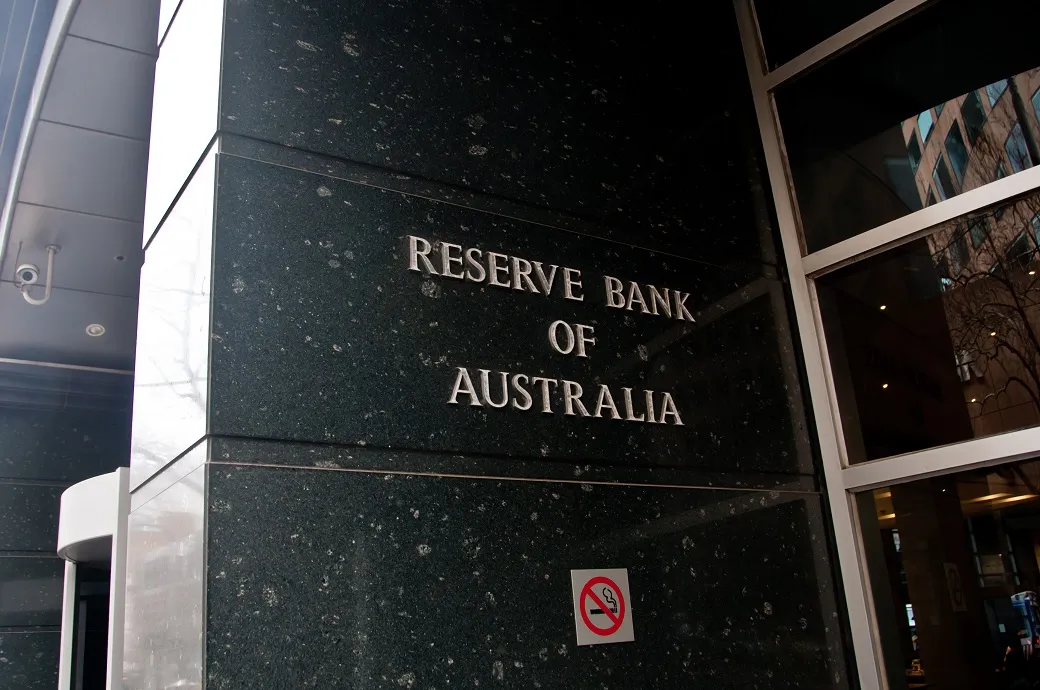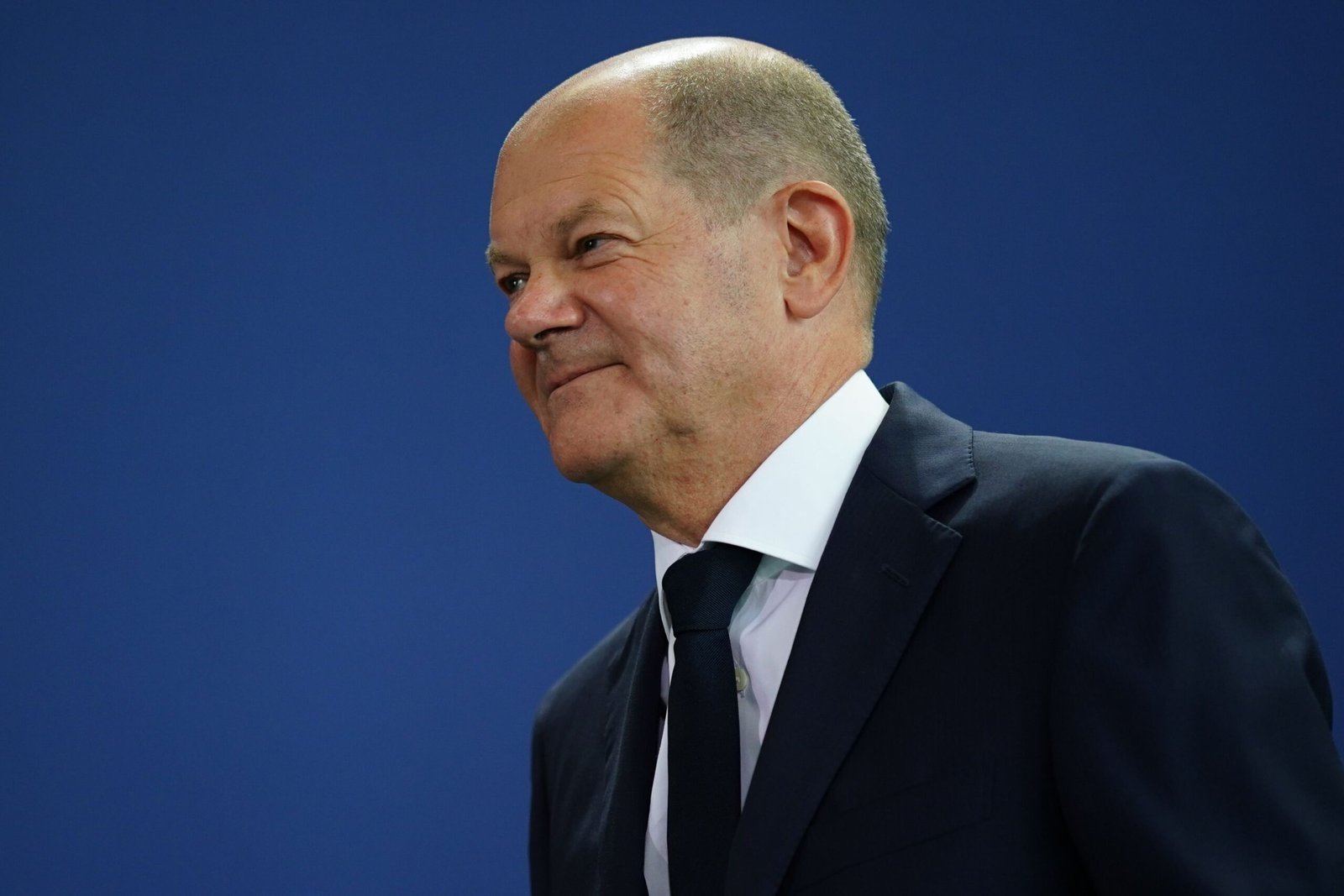The Reserve Bank of Australia (RBA) opted to keep interest rates steady at 4.35% during its March policy meeting, signaling a shift in its tightening bias amidst a slowing economy.
This decision marks the third consecutive meeting where the RBA has maintained the interest rates at a 12-year high, reflecting the bank’s confidence in the trajectory of inflation returning to its target range.
In its statement following the meeting, the RBA Board emphasized the uncertainty surrounding the path of interest rates, stating that it is not ruling out any policy measures at this time. This statement deviates from the previous indication that “a further increase in interest rates cannot be ruled out.”
Following the announcement, the Australian dollar experienced a slight decline, while three-year bond yields also decreased. Market expectations for total easing this year have increased, reflecting a shift in sentiment.
Recent data suggests that the previous tightening of monetary policy, with the benchmark rate raised by 425 basis points since May 2022, has effectively moderated demand. However, economic indicators, such as inflation remaining at a two-year low of 3.4% and sluggish economic growth, indicate a need for cautious policy measures.
Despite softer domestic data, the markets have adjusted their expectations for RBA easing this year due to changes in US interest rate projections. The delay in anticipated Federal Reserve rate cuts has influenced market sentiment, leading to a reassessment of RBA’s monetary policy outlook.
In a historic move, the Bank of Japan also announced an end to eight years of negative interest rates and other unconventional monetary policies, signaling a significant departure from its longstanding stimulus measures.



